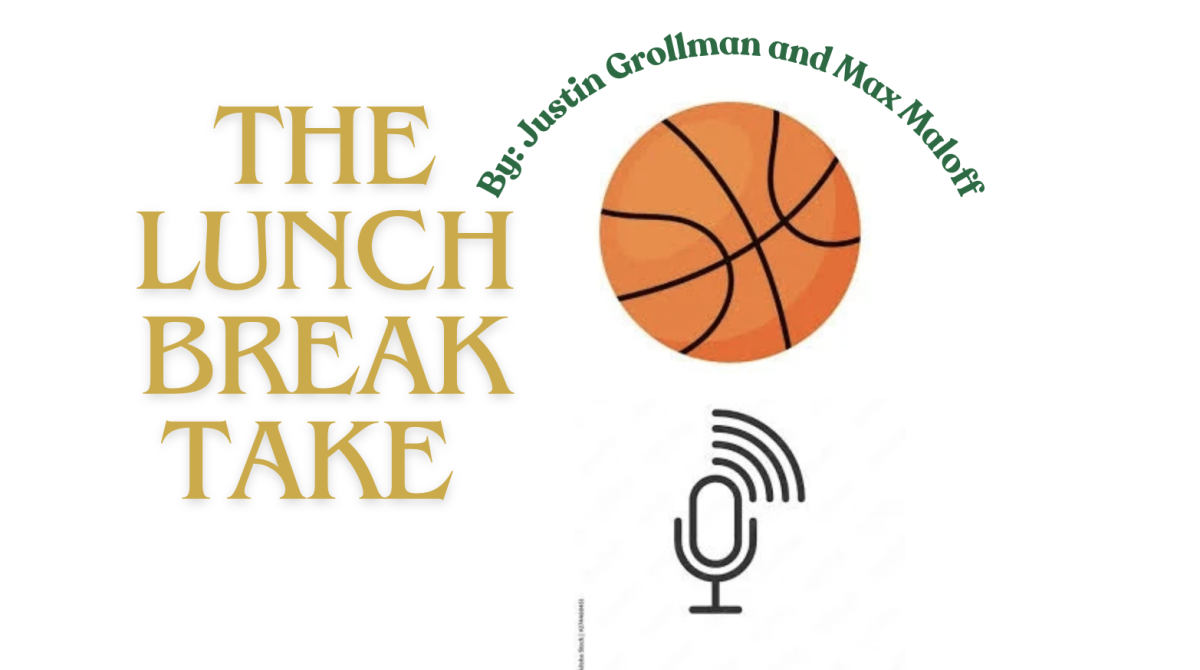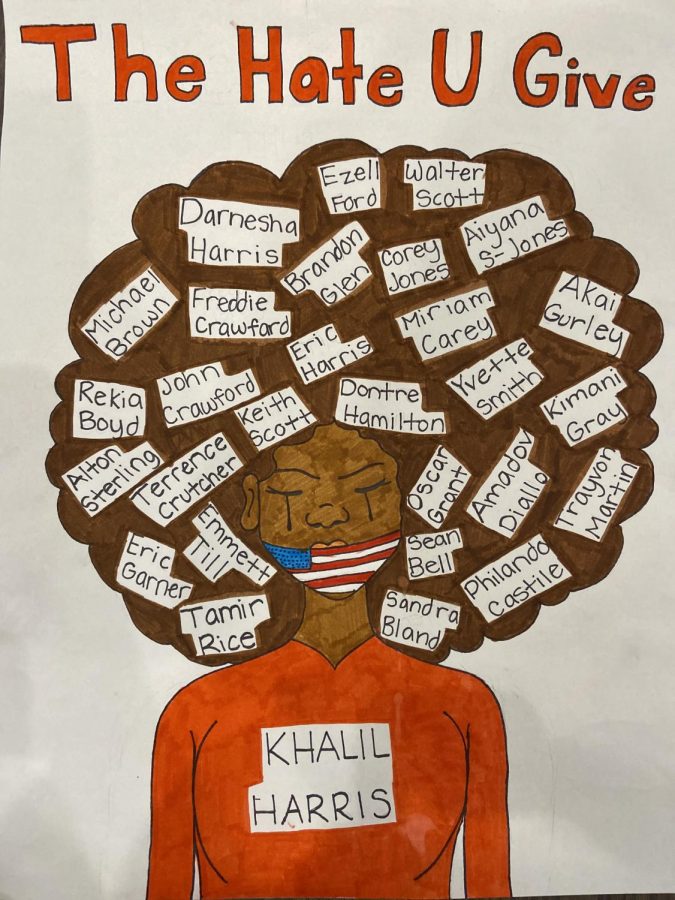Is Judaism Vengeful?
October 18, 2018
In day to day life, humans constantly review and alter their morals and principles to match what they themselves, in addition to society, deem acceptable. Even more so in a pluralistic Jewish community such as de Toledo High School, where administrators emphasize what it means to be a good person or A+ human being. But for some community members there may be flaws engraved into the very foundation of our religion and thought process.
Recently, I interviewed 15 students from all grades of de Toledo High school, asking them what they believe the phrase “an eye for an eye” really means.
The popular expression is found in Chapter 21 of the book of Exodus in the Old Testament (the Torah). After setting down the guidelines for owning an indentured servant, the text turns to the laws applied when one strikes and kills his fellow man. If two men are in a quarrel, and one of the men happens to kill his opponent’s partner, the perpetrator must pay with his own life. It is here, finally, that we find the infamous line,“eye for eye, tooth for tooth, hand for hand, foot for foot, burn for burn, wound for wound, bruise for bruise” (Exodus 21.24-25).
When I asked de Toledo High School students what they thought of the concept, they were not very positive. An answer from one senior pretty much summed up all the replies to my question. At first, she seemed passionate about the topic. “Oh yes,” she said. “We were just learning about this in class the other day. The concept of an “eye for an eye” is really a form of regulated vengeance.”
Surprised, I asked if the student had also learned about the concept of not bearing a grudge against your fellow, found in Leviticus. Unsure, she went on to say that she personally did not agree with the concept, but understood from what she learned in class that an “eye for an eye” was literal in its meaning.
On the contrary, the concept does not have to do with being vengeful whatsoever. Instead, “eye for an eye” is about understanding another person.
According to a Rabbi Villarreal, “eye for an eye,” like many concepts in the Tanakh, should not be taken literally. Instead, what the phrase really implies is that a person should truly be apologetic and seek forgiveness for the wrong he or she committed, in addition to monetarily paying for damages.
“My interpretation of eye for eye is based on the Talmud’s conclusion about that verse, that it teaches people who have harmed another to attempt to make the other whole again,” he explained.
Whether it be killing another’s wife or saying a hurtful comment to an individual, actions have consequences. The person who heard that hurtful comment might have been having a bad enough day already, and a comment like that could make him lose all hope. As for the man who lost his significant other, in the literal example, he will go through pain for years because of his loss.
The Torah teaches that if a person does something terrible to his fellow man, he deserves to have the same done to himself. He should contemplate the profound damage to the quality of life of the other person, the pain and suffering his once-opponent will be forced to endure for the rest of his life. The terrible act will not be covered by monetary payment alone, but instead by asking forgiveness from his opponent, in addition to making serious changes in his own life, as to not repeat the same mistake.
My initial understanding of the expression was that in ancient times people were not as diplomatic as today. Killing was just a part of life, and, while there were courts and laws (to a certain extent), people were given absurd sentences, like stoning and whipping.
In reality, the concept of an “eye for an eye” is not of any cynical nature. Instead, it is a beautiful lesson that all of us have to understand and implement into our morals and principals, and use every day. Ultimately, the perception of what “eye for an eye” means has always been disputed, but the real meaning has always been the same.




























